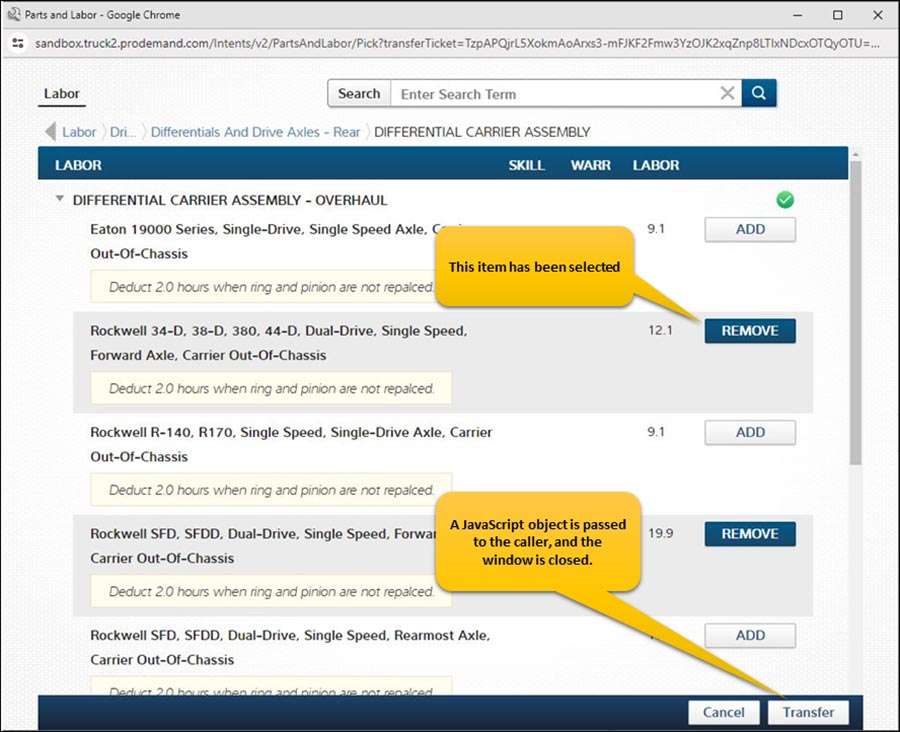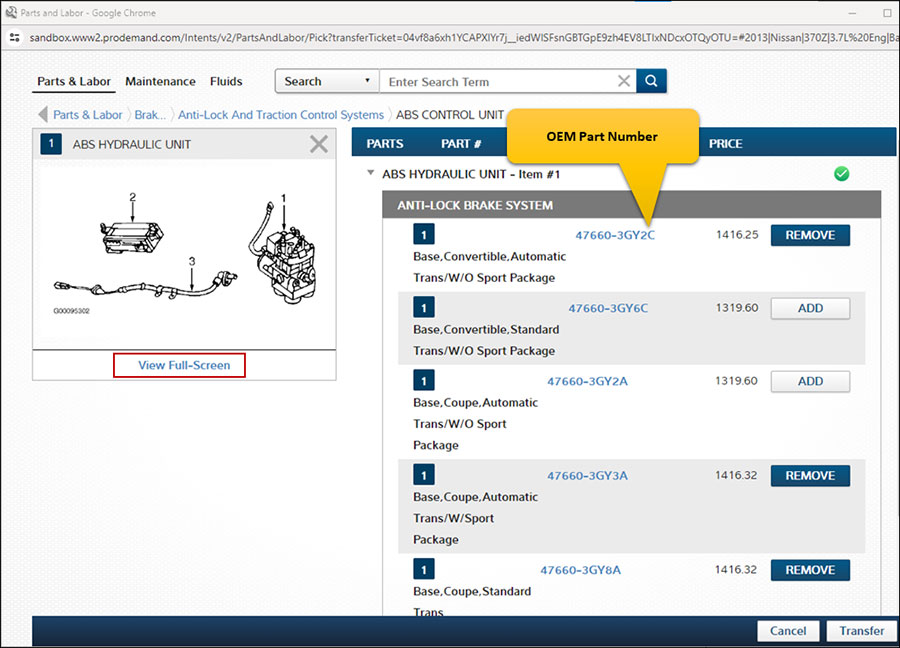
But nothing happens!
Not so much as a click from the starter. At best, the activities for the day will be delayed. At worst, the truck will be out of service for the day, or longer. The day has taken an unexpected turn. But do such unexpected “no crank” events need to happen? Not necessarily.
Many issues that bring about a “no crank” event can be mitigated through a purposeful preventative maintenance approach. This might mean looking at it from the perspective of the some of the more common expendable items such as fluids, filters, brakes, and tires. As we all know, these vehicles are made up of numerous systems all working at particular times to move the truck down the road. Not surprisingly, the systems that tend to be trouble free, or at least those that go long stretches without concern, are those that fall out of a regular maintenance cycle.
The starting and charging system is likely one of those systems that get taken for granted.
Unless there is a warning to indicate a low charge rate condition or the starter will not crank over the engine, the starting and charging system may be largely ignored. Yet, this vital system is one that will take a truck out of service. If only such events always happened at the start of the day as illustrated in our opening scene in this story, the concern would perhaps not be as great. But unfortunately, starting and charging issues may begin at the most inconvenient times and locations.
Here are some steps a fleet can take to mitigate starting and charging concerns:
1) Establish a point on the maintenance schedule to inspect the starting and charging system.
2) Clean debris from battery box and any other starting-charging areas.
3) Inspect electrical connection points for damaged insulation and connectors, corrosion and tightness. Address these issues when they are discovered.
4) Check the battery in-service date. If the battery is nearing expected lifespan, test to see if the battery is within its specification.
5) Inspect alternator mounting brackets and fasteners for damage and looseness.
6) Inspect starter mounting fasteners, starter solenoid and any other related starter hardware for damage and looseness.
This is only one of the systems that may be overlooked during regular maintenance. While it is impossible to foresee every breakdown, making a point to identify and schedule maintenance for those systems that will take a vehicle out of service does pay off and is well worth the little bit of extra time it takes.






